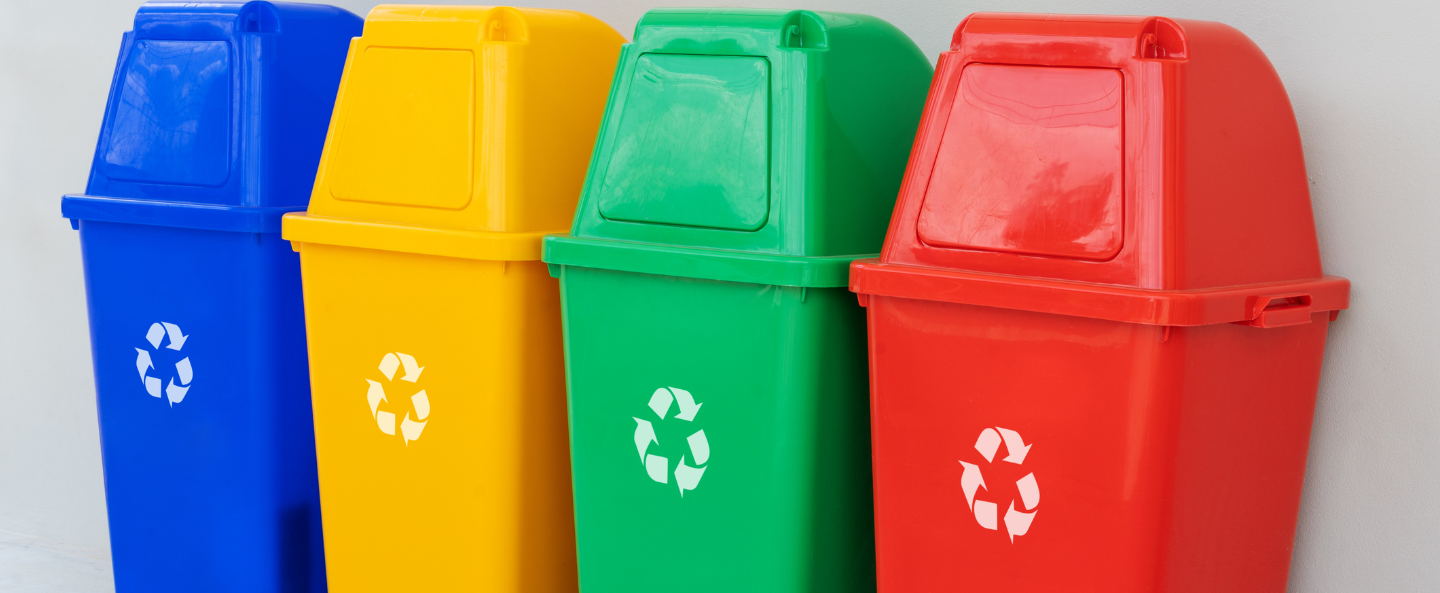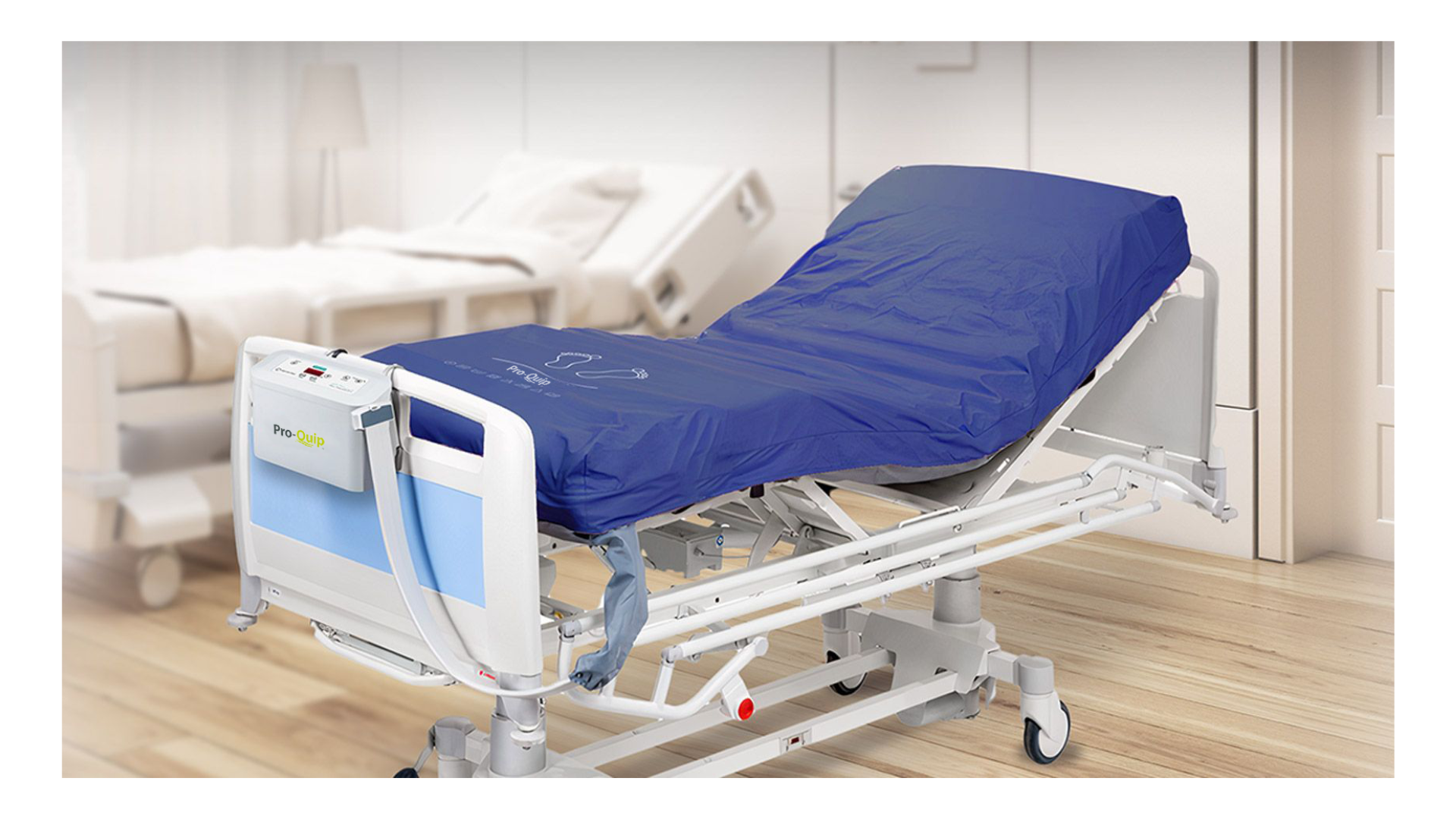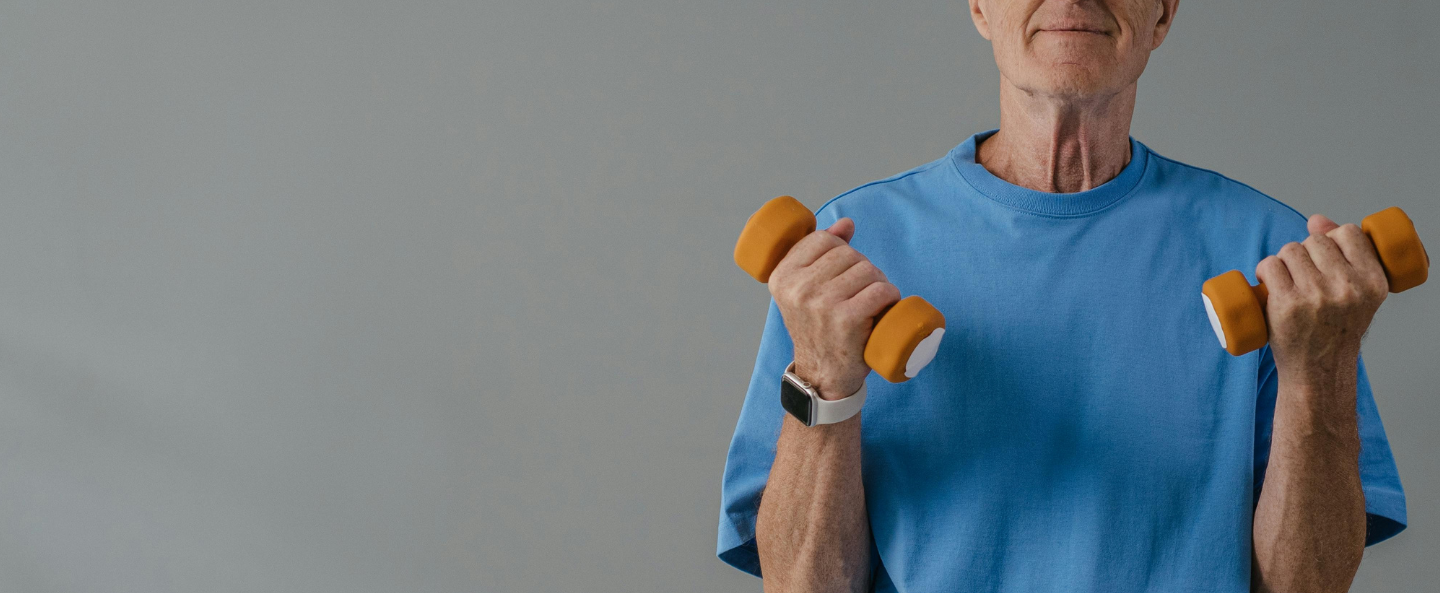Pressure ulcers, also known as pressure sores or bedsores, are a significant issue within the UK’s residential care sector. These painful and debilitating wounds can lead to serious health complications, including infection, sepsis, and even death. Effective pressure care techniques are essential to both prevent and manage these conditions, ensuring a better quality of life for residents.
Understanding pressure ulcers
Pressure ulcers develop when the skin is subjected to prolonged pressure, which restricts blood flow and oxygen supply to the underlying tissues. Over time, this can lead to tissue damage and necrosis. Individuals at higher risk for pressure ulcers include those who are:
- Immobile or have limited mobility
- Incontinent
- Malnourished
- Suffering from chronic conditions such as diabetes or heart disease
Preventing pressure ulcers is both more humane and cost-effective than treating them once they occur. By implementing comprehensive pressure care strategies, care homes can reduce the incidence of pressure ulcers, benefiting both residents and healthcare providers.
Key pressure care techniques
-
Regular assessment: Conduct routine assessments of residents’ skin to identify those at risk and detect early signs of pressure ulcers.
-
Skin inspection: Regularly inspect the skin, especially over bony areas like the heels, hips, elbows, and sacrum, where pressure ulcers are more likely to form.
-
Pressure redistribution: Use pressure-relieving devices such as specialist mattresses, cushions, and pillows to distribute weight evenly and reduce pressure on vulnerable areas.
-
Skin hygiene: Maintain excellent skin hygiene to prevent infections and irritation, ensuring skin is clean and dry, especially in individuals with incontinence.
-
Nutrition and hydration: Proper nutrition and hydration are essential for skin health and tissue repair. Ensure residents have balanced diets and sufficient fluid intake to promote skin integrity.
-
Mobility and activity: Encourage regular movement and activity to stimulate circulation, which helps prevent the formation of pressure ulcers.
-
Staff training: Provide staff with comprehensive training on the prevention and management of pressure ulcers. This includes recognizing early warning signs, correctly positioning residents, and using equipment effectively.
Pressure care equipment
Having the right pressure care equipment is crucial in reducing the risk of pressure ulcers and managing existing wounds. Modern equipment is designed to support residents, enhance comfort, and improve outcomes.
-
Pressure-relieving mattresses: These mattresses are specifically designed to reduce the pressure exerted on the skin by redistributing weight evenly. There are different types, including static foam mattresses and dynamic air mattresses, which alternate pressure levels to prevent prolonged compression in any one area.
-
Cushions and overlays: Pressure-relieving cushions and mattress overlays can be placed in wheelchairs or beds to help reduce pressure on key areas like the buttocks and lower back. These are particularly useful for residents who spend long periods seated or in bed.
-
Heel protectors: The heels are particularly vulnerable to pressure ulcers. Heel protectors, often made of foam or gel, help to offload pressure from this delicate area, reducing the risk of sores developing.
-
Turning and positioning devices: Regular repositioning is vital for residents who are immobile or have limited mobility. Devices such as positioning wedges and turning slings help staff reposition residents safely and comfortably, reducing the strain on care staff and ensuring correct positioning.
-
Incontinence pads and Skin barriers: Residents who are incontinent are at higher risk of developing pressure ulcers due to the presence of moisture and bacteria. High-quality incontinence pads, alongside skin barrier creams, help to keep the skin dry and protected from irritation.
-
Specialty beds: Some residents may benefit from specialty beds that allow for easier repositioning and automated pressure relief. These beds can help reduce the risk of pressure ulcers for residents who require long-term bed rest.

By investing in these types of pressure care equipment, care homes can enhance the overall care provided to residents, making it easier to prevent pressure ulcers and manage any that occur.
Choosing a pressure care approach
Selecting the most appropriate pressure care plan depends on several factors:
-
Resident needs: Each resident’s mobility, risk factors, and medical conditions must be considered when choosing equipment and strategies.
-
Available resources: Evaluate your care home’s resources, including budget, staffing levels, and access to pressure care equipment.
-
Evidence-based practices: Utilise techniques and equipment that are backed by clinical research and best practices to ensure optimal outcomes.
-
Collaboration: Work closely with healthcare professionals, including nurses, dietitians, and wound care specialists, to develop a comprehensive care plan for each resident.
Challenges and considerations
-
Resource constraints: Limited financial and staffing resources may make it challenging to implement every aspect of an effective pressure care program. However, focusing on key interventions such as staff training and the acquisition of critical equipment can still have a significant impact.
-
Staff training: Ongoing training is essential to ensure staff are up-to-date on the latest practices in pressure care, including how to use new equipment effectively.
-
Compliance: Care homes must ensure that they comply with regulatory standards and best practice guidelines related to pressure ulcer prevention.
By prioritising pressure ulcer prevention through the use of comprehensive strategies and the latest pressure care equipment, residential care homes can dramatically reduce the incidence of pressure ulcers. This not only improves the quality of life for residents but also demonstrates a strong commitment to high standards of care. Investing in staff training, pressure-relieving equipment, and a holistic approach to resident well-being ensures a healthier, safer environment for everyone. Fairfield Care have a range of mattresses, cushions and pressure relief products, click here to view our full range of consumables and equipment.


